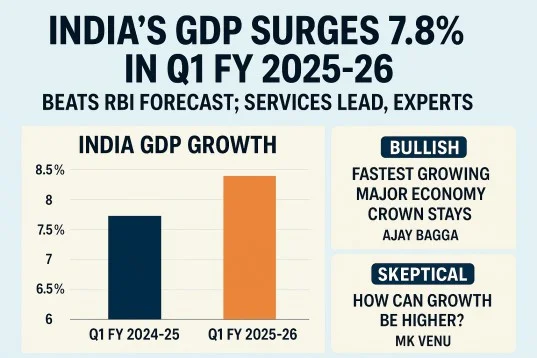-
Formation:
- The waterfall formed during the last ice age, between 17,500 and 11,500 years ago.
- Glaciers carved out the landscape, creating the right conditions for the underwater waterfall to form in the Denmark Strait.
-
Temperature Contrast:
- The waterfall forms when cold, dense water from the Nordic Seas mixes with warmer, lighter water from the Atlantic Ocean.
- The sharp contrast in water temperature and salinity causes the cold water to sink and cascade down the ocean floor, creating a powerful flow.
Importance to Earth’s Climate & Ocean Circulation:
- Thermohaline Circulation:
- The Denmark Strait cataract plays a key role in the thermohaline circulation, also known as the global ocean conveyor belt.
- Thermohaline circulation is the movement of ocean currents driven by differences in temperature and salinity, which affect the density of water.
- Cold water is denser than warm water (most dense at 4°C), and saltier water is denser than less salty water.
- These density differences cause deep ocean currents, moving water from the cold, salty poles to the warmer, less salty equator and vice versa.
- This circulation plays a crucial role in regulating global climate, ocean currents, and marine ecosystems by distributing heat, nutrients, and energy across the oceans.
- It helps stabilize weather patterns, sea levels, and supports marine life.
- This system of ocean currents helps to distribute heat, nutrients, and energy around the planet, which affects weather patterns, sea levels, and climate.
- The Denmark Strait cataract plays a key role in the thermohaline circulation, also known as the global ocean conveyor belt.
- Impact on Marine Ecosystems:
- The powerful currents from the Denmark Strait cataract help distribute nutrients in the ocean, which is essential for marine life.
- Without this flow, the balance of the oceans, as well as the climate, would be very different. The currents help to support marine ecosystems and maintain global climate stability.
- Invisibility & Scientific Study:
- Even though the waterfall is large and important, it is hard to study because it is hidden underwater and doesn’t have dramatic visual effects.
- According to marine geosystems expert Mike Clare, even if you were underwater in that area, you wouldn’t notice the waterfall because the water moves quietly without any noticeable changes.
Conclusion:
The Denmark Strait cataract is the largest underwater waterfall in the world, with an 11,500-foot drop. Though it is invisible to the human eye, it plays a crucial role in regulating global ocean currents and climate systems. The waterfall’s formation, caused by the difference in temperature between the Nordic Seas and the Atlantic Ocean, drives powerful currents that affect the entire planet’s weather, ocean ecosystems, and climate stability. Its hidden nature makes it difficult to study, but its impact is immense in maintaining the Earth’s natural balance.





